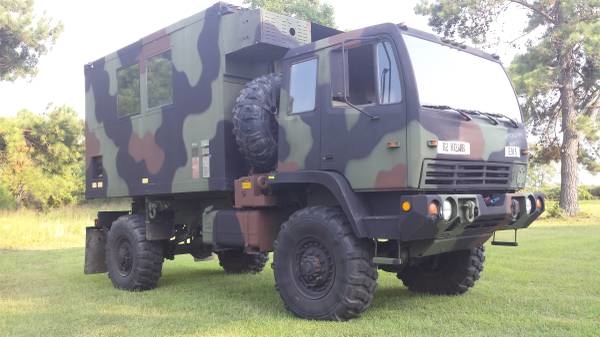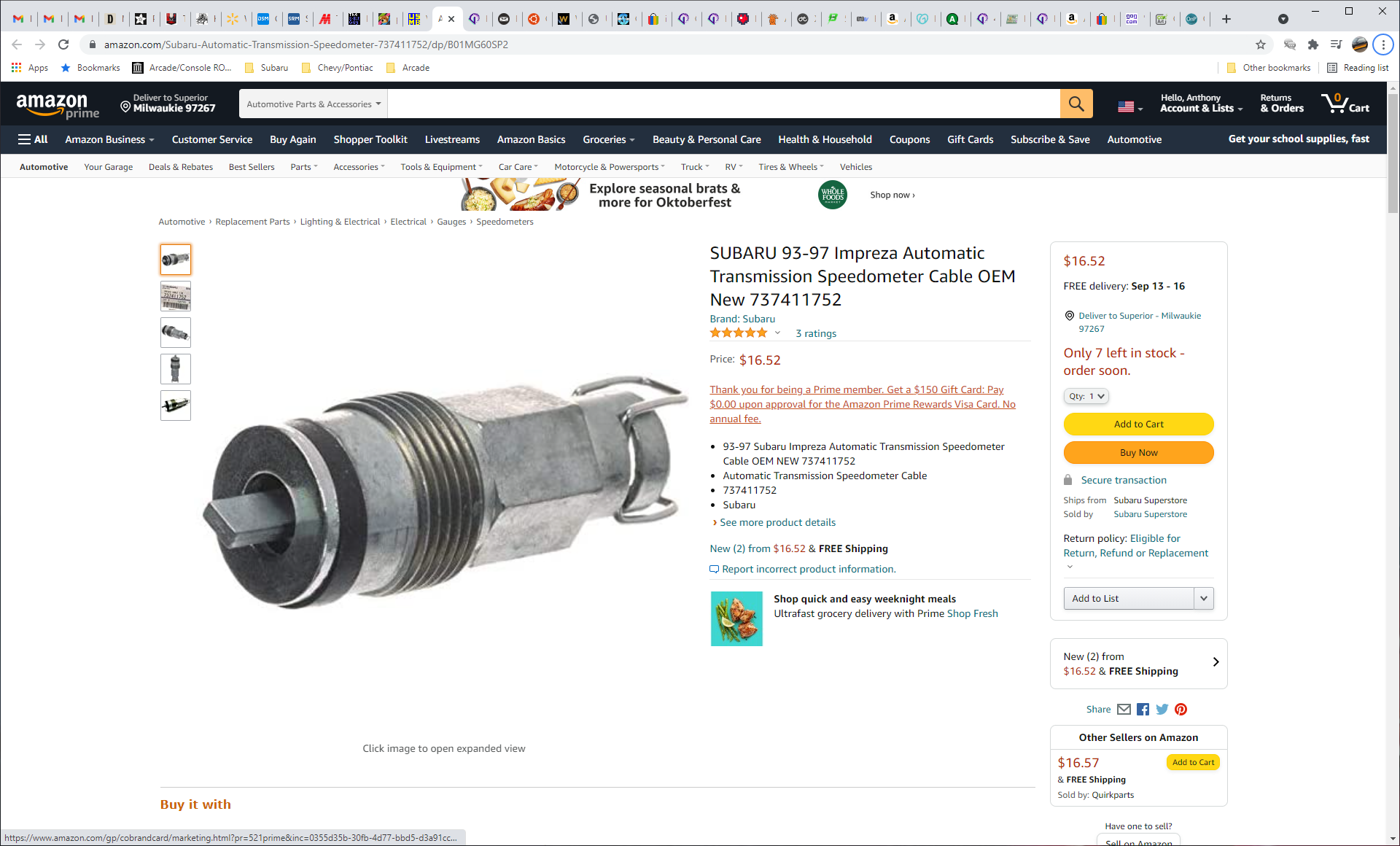-
Posts
23391 -
Joined
-
Last visited
-
Days Won
440
Content Type
Profiles
Forums
Gallery
Store
Everything posted by GeneralDisorder
-
Good advice! I've been all over the west and the east coast and even Canada but never had the pleasure of TX. Now I have to drive basically through half of it in a couple days. Fortunately the 1079 without the taller MRAP gears and the CAT engine flashed for more power has a max speed of about 58 (74 after those upgrades). I will observe speed limit signs carefully though! GD
-
You replace the short block. The reman FB short blocks are like less than $1800 from Subaru. The FB's don't come apart like an EJ and if you try to get into changing rings you get to pull the rod caps and open up a can of worms and own the warranty yourself. The dealership changes the short blocks also. The reman blocks come with a 3 year / 36k warranty from SOA - though they do not technically sell these to individuals except at the parts departments discretion and warranty if you aren't a shop that can "professional installation" on it is a question mark. Depends how much the parts department likes you (directly proportional to how much money you spend with them annually). Used replacement engines for the FB25 cars are stupidly over-priced from the junk yards and you don't get anywhere near the warranty you get with the new Subaru blocks that have the updated rings. GD
-
Well on the Forester there was a change from the 25D in the 98 to the 253 in the 99. Those are electrically incompatible and the intake manifolds won't swap either without making custom manifold adapters. Or he may be referring to differences in the crank and cam triggers if he got an engine from a Legacy that was speed density...... it's hard to tell but there's absolutely ways to make just about any combo work if you want it bad enough. If you don't have a large enough tap handle you can sometimes use 8 point sockets or there's always the crescent wrench or pair of box wrenches in a pinch. I've done them without a tap handle. Again - it's aluminum so just go slow and careful and you'll be fine. GD
-

Limited slip front?
GeneralDisorder replied to DrieStone's topic in Old Gen.: 80's GL/DL/XT/Loyales...
I've done it a couple times on the EJ 5 speeds. It's not difficult. GD -
Oh wow - didn't even think of that! I'll have to ask my guy in TX about that - he has a military museum down there. I wouldn't think they would mess with a camo LMTV with Texas plates but maybe? It is supremely off-road capable so would be uniquely suited to border crossing in the middle of nowhere...... GD
-
12 Impreza is going to have the bad piston ring's issue (severe oil consumption), and the early CVT valve body/torque converter issues. Both of which add up to more expense than doing the HG's on the EJ's. Personally I wouldn't buy ANYTHING made 2005 or newer. Too much complexity and closed-source intellectual property issues. Right-to-Repair..... etc. Stay the F*CK away from all of it is my recommendation. If you are mechanically inclined just slide on over to the old school GM platforms. At least you can get schematics and repair parts. Have the 2004 inspected. If needed replace the HG's with 770's and use proper Japanese timing components and a new radiator. Change all the fluids. Should go another 200k with proper maintenance. GD
-
Certainly could be that the grooves are hanging up the apply piston from engaging AWD - just as easily as the grooves could keep it from disengaging. Probably depends on driving habits that led to the grooves in the first place - the auto's are basically 90% front wheel drive till they sense wheel slip so one could envision a vehicle that is driven very carefully and rarely has occasion to engage AWD. The grooves would form in the unlocked position and may hang up trying to engage till the duty-c ramps down to a lower state where enough pressure is held on the piston to overcome the sticking in the grooves. In all cases I'm aware of the duty-C solenoid dumps line pressure away from the lockup piston - so that a failure of the solenoid will result in full locked 4WD operation and the driver will experience really severe torque bind. If installing the fuse alleviates the problem then the duty-C is working. In such cases the torque bind is almost universally drum wear groove related except in rare cases where the vehicle has been run with severely different tire sizes or amounts of wear which can result in a burnt up clutch pack. New drums can be bought for some models - we recently got some new ones for a 2006 Forester XT where the customer wanted new rather than dressing the grooves. Some others may be NLA. Typically do have pretty good luck just filing down the edges of the grooves - usually this results in a 90% reduction in toque bind symptoms. On the older models prone to Duty-C failure we typically will replace the solenoid while in there. I will usually buy a clutch pack just in case but 90% of the time I return it. Have also seen a few (90's cars) with Duty-C driver failure inside the TCU. This is rare but shouldn't be discounted. They may or may not throw a code, but in the few cases I've seen the Duty-C solenoid and wiring checks out but the code is present and changing the solenoid doesn't help. Swapping out the TCU fixes these cars. Haven't tried going board level and checking for cracked solder joints or bad driver MOSFET's but given the age it's certainly a possibility. GD
-
It's not the solenoid or the clutch pack. It's the drive and driven drums that hold the clutch pack. They have grooves worn into them from the clutch plates and even though there's no pressure on the apply piston the clutch plates are jammed together because they aren't free to slide apart - they are wedged into the wear grooves in the drums. GD





